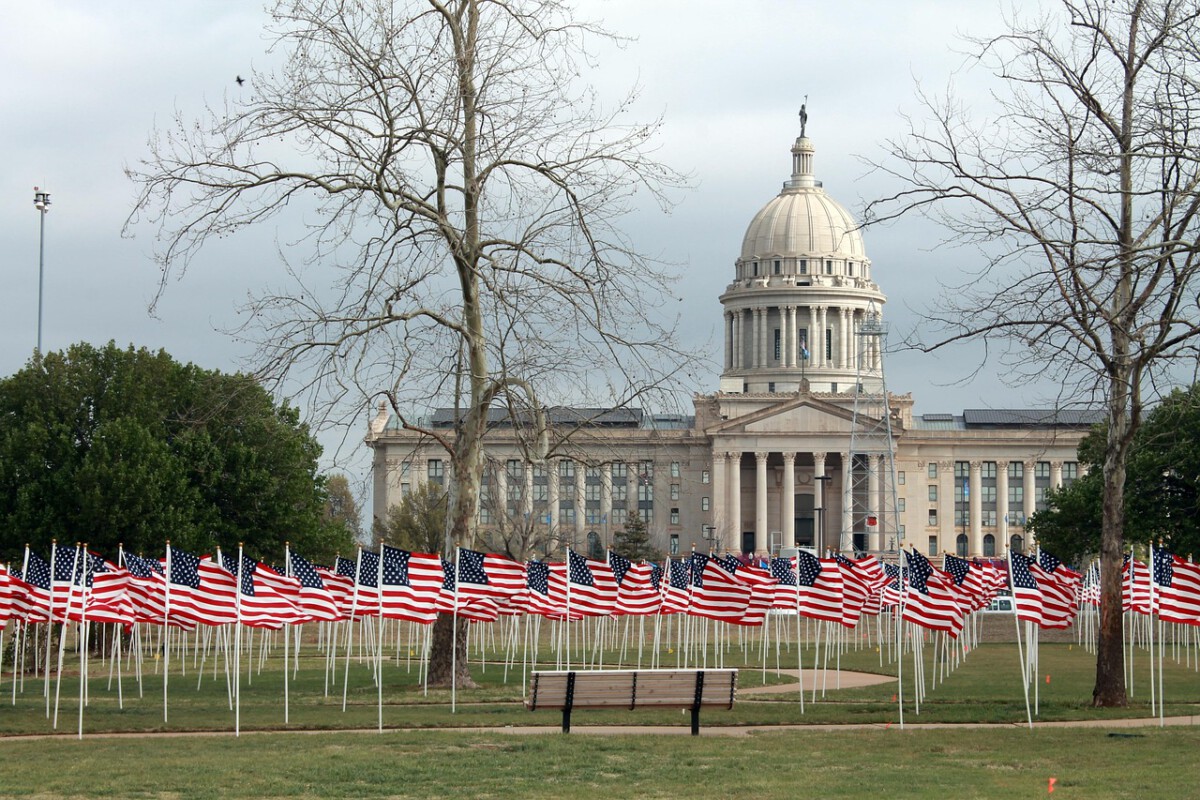The Unsung Heroes of WWII

World War II was a transformative period, not only for the nations embroiled in conflict but also for the countless individuals who played crucial roles behind the scenes. Among these unsung heroes were women who took on jobs traditionally held by men, especially in industries crucial to wartime production. With men on the battlefront, women were called upon to fill the void in factories, shipyards, and munitions plants, effectively becoming the backbone of America’s wartime economy. These women were not just passive participants; they were active contributors, facing challenges head-on and helping to shape the future of the workforce. Their stories, often overshadowed by the more visible aspects of the war, are rich with determination, sacrifice, and resilience, offering a glimpse into a pivotal shift in societal roles and expectations.
The Shift in Workforce Dynamics

The advent of WWII brought about a dramatic change in workforce dynamics, with an urgent need for military supplies prompting factories to shift from consumer goods to wartime production. The U.S. government launched a series of campaigns to recruit women into these roles, with “Rosie the Riveter” becoming an iconic symbol of this movement. By 1945, approximately 6 million women were employed in the defense industry, marking a significant increase from pre-war figures. This influx not only addressed labor shortages but also began to challenge traditional gender norms, as women demonstrated their capability and adaptability in various roles. The impact of this shift was profound, setting the stage for future discussions on gender equality and workforce diversity.
The Role of Women in Manufacturing

In the manufacturing sector, women took on diverse roles, from operating machinery to assembling complex equipment. They worked tirelessly in challenging conditions, often performing tasks that were physically demanding and required precision. A notable example is the Willow Run Bomber Plant in Michigan, where women constituted about 40% of the workforce and were instrumental in producing B-24 bombers at an impressive rate. Despite their contributions, these women often faced discrimination, lower wages, and a lack of respect from their male counterparts. Nonetheless, their perseverance and dedication were crucial to maintaining the momentum of wartime production, proving that women were more than capable of excelling in roles traditionally reserved for men.
The Impact of War on Gender Roles

The war catalyzed a significant shift in gender roles, as women stepped beyond the confines of domestic duties to become vital contributors to the national effort. This shift was not merely functional but cultural, as the image of working women began to permeate popular culture, influencing societal perceptions and future generations. Although many women were encouraged to return to traditional roles post-war, the seeds of change had been irrevocably planted. The experiences and achievements of these women laid the groundwork for the feminist movements that emerged in the 1960s and beyond, advocating for equal rights and opportunities in the workforce.
Personal Stories of Courage and Determination

The narratives of women during WWII are as diverse as they are inspiring, each one a testament to courage and determination. Take, for example, Lillian Gilbreth, an industrial engineer who worked tirelessly to improve factory efficiency while championing women’s rights in the workplace. Personal stories abound of women who balanced family responsibilities with demanding jobs, overcoming obstacles with resilience and tenacity. These anecdotes offer a window into the lived experiences of a generation of women who defied societal expectations and proved that they were an indispensable part of the war effort.
The Legacy of Women in WWII

The contributions of women during WWII have left an indelible mark on American society and the workforce. Their involvement opened doors for women in various fields, leading to increased participation and opportunities in the decades that followed. Although many women received little recognition at the time, efforts to honor their contributions are ongoing, with memorials, documentaries, and educational programs shedding light on their invaluable roles. This legacy is a reminder of the profound impact that women have had on shaping the course of history, challenging norms, and paving the way for future generations.
Remembering the Women of WWII

As we reflect on the history of World War II, it is imperative to acknowledge the vital role that women played in building America’s arsenal. Their stories are not just about overcoming hardship but also about triumph, resilience, and transformation. Sharing these stories ensures that the contributions of women in the workforce are recognized and celebrated, inspiring future generations to continue advocating for equality and opportunity. By understanding and sharing the untold stories of these women, we honor their legacy and reinforce the importance of recognizing and valuing diverse contributions in the workforce.
Additional Resources

For those interested in delving deeper into the contributions of women during WWII, a wealth of resources is available. Books such as “Women at War: The Story of Fifty Military Nurses Who Served in Vietnam” by Elizabeth M. Norman offer insights into the experiences of women in the military. Documentaries like “The War” by Ken Burns include segments highlighting women’s contributions. Museums, such as the National WWII Museum in New Orleans, feature exhibits dedicated to women’s roles in the war effort, providing a comprehensive understanding of their invaluable contributions. These resources serve as a testament to the enduring legacy of the women who helped build America’s WWII arsenal.




